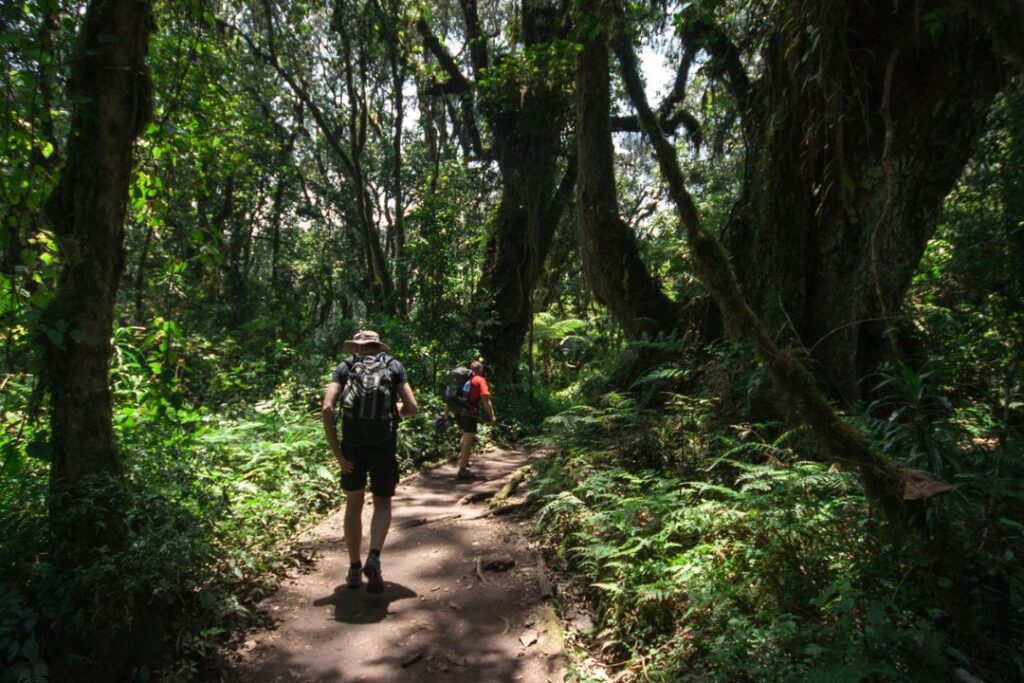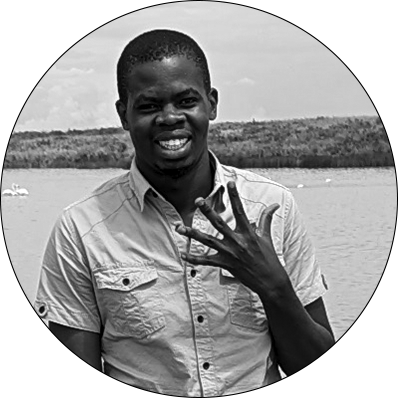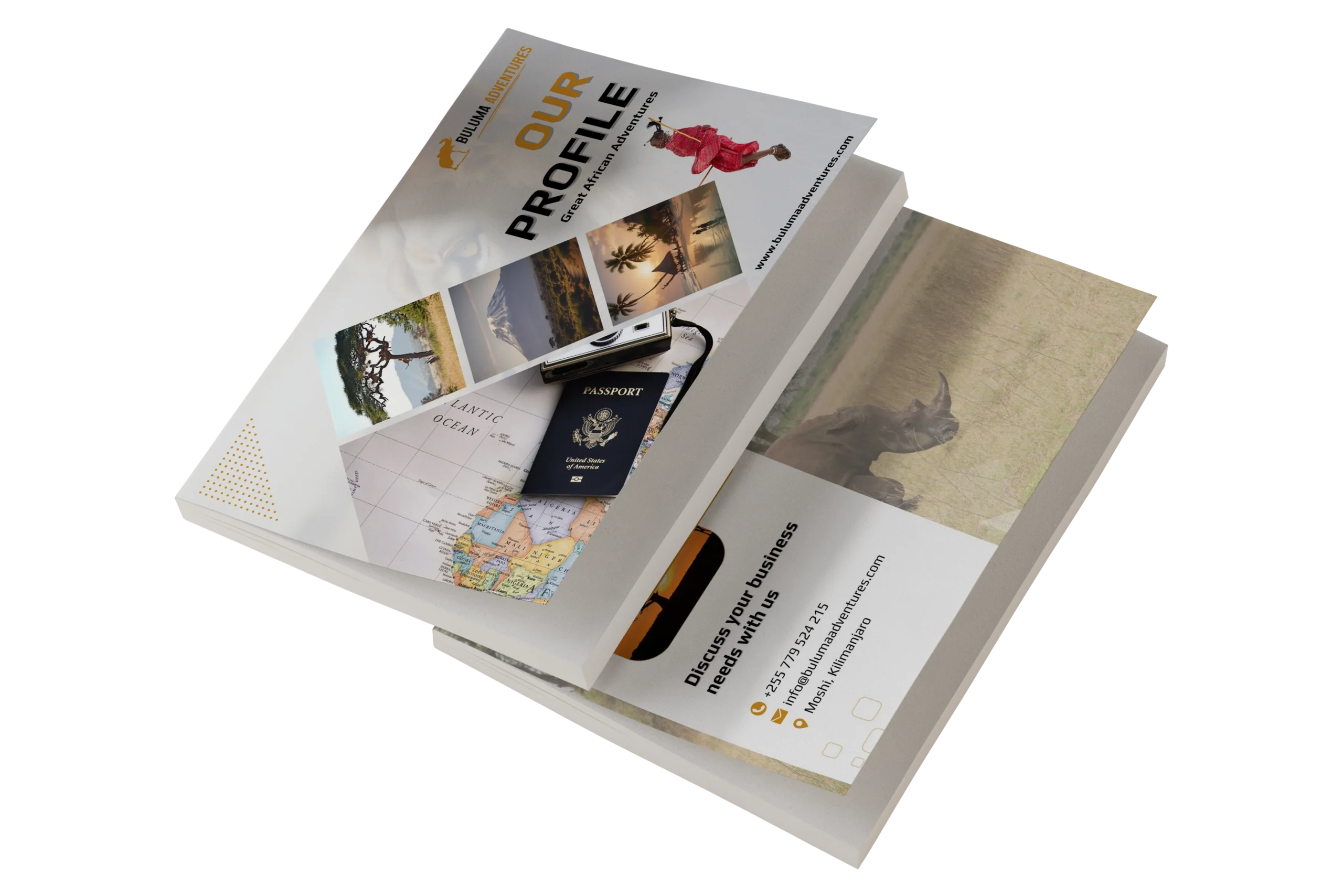How to Avoid the Crowds While Hiking Mount Kilimanjaro?
- 145
- Reading Time: 7 Minutes
With an estimated 30,000 to 50,000 people hiking Mount Kilimanjaro each year, the thought of overcrowded trails might seem inevitable. However, with a little planning and strategy, you can avoid the crowds and enjoy a more serene experience.
Here are the effective ways to ensure you have more of the mountain to yourself when hiking Mount Kilimanjaro.

1. Book a Private Climb
One of the easiest ways to avoid large groups is to book a private climb. Group climbs usually consist of around 10-16 people, and each climber is supported by porters, guides, and cooks, which can significantly increase the number of people on the trail. A private climb gives you the flexibility during hiking mount Kilimanjaro at your own pace, decide when to set out, and manage your breaks – all under the guidance of your lead guide, of course.
By starting your hikes earlier in the day, preferably before 8 AM, you’ll be ahead of most group trekkers. This not only gives you a more relaxed hike but also allows you to enjoy the natural beauty of the mountain with fewer interruptions.
Tip: Booking a private climb means you can hike solo or with a small group, giving you much more space on the trail.
2. Choose a Less-Traveled Route
Most climbers are drawn to the Marangu and Machame routes, which are popular for their scenic views and well-established paths. However, if your goal is to avoid the crowds, there are several alternative routes that offer a quieter experience while hiking Mount Kilimanjaro. Options such as the Lemosho, Rongai, and Northern Circuit routes are much less crowded, giving you a peaceful trek through the stunning landscapes of the mountain.
These routes not only reduce the number of people you encounter on the trail, but they also allow you to enjoy less crowded campsites, offering a more immersive experience of the wilderness.
Tip: Lemosho, Rongai, and Northern Circuit routes are known for having fewer hikers, making them great options for those seeking solitude.
3. Climb During Shoulder Seasons or the Rainy Season
The high season for hiking Mount Kilimanjaro is between July and October, as well as December to February. However, you can avoid the bulk of the crowd by opting to climb during the shoulder seasons (March and June) or the short rainy season in November. While there’s a chance of encountering some rain, it’s a trade-off for having the mountain almost to yourself.
During these off-peak months, fewer tour operators run group climbs, and you’ll find the trails and campsites far less congested. The weather is often clearer in the mornings, with any rain usually arriving later in the afternoon, meaning you might still enjoy pleasant conditions while hiking Mount Kilimanjaro.
Tip: The Rongai Route is an excellent option for rainy season climbs, as it typically receives less rainfall than other routes.
4. Avoid Summiting on a Full Moon
Summiting during a full moon is a popular choice because it provides natural light for the final ascent. However, this also attracts more climbers, resulting in large groups attempting to reach the summit at the same time. By choosing a date that avoids the full moon period, you can experience a quieter summit with fewer people around.
Additionally, starting your climb in the middle of the week, rather than on a weekend, can also help you avoid the crowds. Most group climbs tend to begin on weekends, so a mid-week start will give you a less busy trail.
Tip: Avoid full moon summit attempts to reduce the likelihood of encountering large groups.
5. Use Alternative Campsites
Certain campsites along the routes are more heavily populated than others. For example, camps like Shira 2 and Barafu Hut tend to attract larger crowds, while lesser-known camps like Moir Hut or Kosovo Camp offer a quieter option. Opting for these less frequented campsites can give you a more peaceful night’s rest and a quieter morning start.
For an even more remote experience, consider staying at Crater Camp after summiting. This campsite is one of the least visited, but it requires a special permit and additional fees, so advanced planning is essential. While it’s not for everyone, Crater Camp provides a unique opportunity for those on longer routes.
Tip: Crater Camp is recommended for more experienced hikers and those on extended routes, as it requires extra precautions due to its altitude.
By following these tips, you can avoid the busiest times and places while hiking Mount Kilimanjaro, allowing you to fully immerse yourself in the beauty and tranquility of the mountain. Whether it’s choosing a quieter route or booking a private climb, these strategies will help make your Kilimanjaro experience with Buluma Adventures more personal and memorable.
- Published on 1 year ago
- Revised on 2024-10-16

- Expert Articles!
Written by: Masunzu Jidayi
Travel Expert in Tanzania
Expertise:
- Trekking
- Safari
- History
Masunzu Jidayi’s passion for wildlife and adventure began in 2020 as he was completing his bachelor’s degree in Wildlife Management at Sokoine University of Agriculture (SUA). His academic background, combined with his growing interest in Tanzania’s rich biodiversity, inspired him to explore the world of wildlife tourism and conservation. This early exposure ignited a deep commitment to learning about Tanzania’s diverse landscapes, from the Serengeti plains to the majestic Mount Kilimanjaro.
A dedicated traveler, Masunzu spends much of his time immersing himself in Tanzania’s natural beauty, constantly expanding his knowledge of the country’s vast array of adventures. His love for the outdoors, wildlife, and sustainable tourism has become central to his mission of sharing Tanzania’s unique experiences with the world. Masunzu’s enthusiasm for travel and his ongoing dedication to wildlife exploration make him an emerging advocate for Tanzania’s ecotourism industry.
Need Help Contact Us
- +255 779 524 215
Our Services

Request a Free Brochure
At Buluma Adventures, we are dedicated to showcasing the wonders of Tanzania. Moreover, our brochures highlight trip ideas curated by our specialists, featuring hand-picked accommodations and unique experiences. Discover how we craft meaningful travel journeys, and in addition, explore Tanzania with us.





